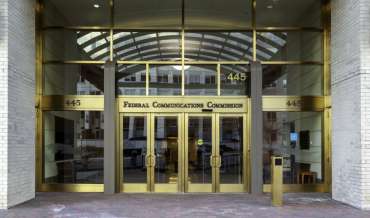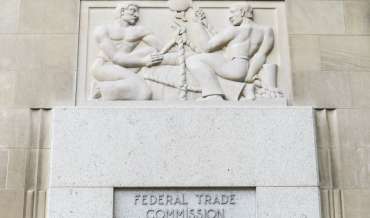Overview
Calling and messaging is an essential facet of modern healthcare. The public needs to be able to receive calls and texts from their doctors, hospitals, pharmacies, insurance companies, and other medical providers. These calls are also highly regulated, subject not only to the Telephone Consumer Protection Act (TCPA) and Do Not Call (DNC) laws, but also healthcare information regulations such as the Health Insurance Portability and Accountability Act (HIPAA) and the Health Information Technology for Economic and Clinical Health (HITECH) Act. But even the most compliant healthcare callers are facing a new challenge that seriously impedes their ability to communicate with patients: the risk of calls being marked as spam or not being received due to the new regime of call blocking and labeling policies, apps, and regulations.
Call Blocking and Labeling Becomes the Norm
Major legislative updates to the TCPA such as the TRACED Act, and Federal Communications Commission (FCC) mandates regarding STIR/SHAKEN call authentication protocols have shifted federal telemarketing regulations toward an emphasis on preventing illegitimate robocalls. Many of these new regulations focus more on telecom providers rather than callers. Providers have also added their own frameworks for preventing scam robocalls based on proprietary reputational analytics.
While previous regulatory priorities had encouraged telecom providers to attempt to connect every call that was placed, the emphasis has shifted. Now, thanks to the aforementioned factors, preventing illegitimate robocalls is a much higher priority than it had been. As a result, legitimate calls may not be reliably connected at the same rate as before.
Providers are faced with a choice between: 1) trying to block as many scam robocalls as possible, even if it means blocking a significant portion of legitimate calls; and 2) preserving the deliverability rate for legitimate calls, even if that allows a significant portion of illegal robocalls to get through. They are largely choosing the former. The consequences of this for healthcare callers is the possibility of having their calls labeled as “spam likely”, “possible spam” or perhaps even blocked entirely.
Healthcare Consequences
These sorts of call blocking and labeling schemes affect any sort of caller, but they have particularly deleterious consequences for healthcare-related messages. Healthcare providers are often tasked with sending patients time-sensitive messages about essential health-related matters and calls that are prevented or left unanswered because of being mistakenly labeled as spam can prove an impediment to proper patient care. It is not difficult to imagine actual matters of life and death being made more complicated by these issues. As a result, healthcare providers face a special imperative to ensure their calls are not mislabeled or blocked.
Best Practices
As call blocking and labeling evolve, so will the methods used to avoid them. But the following provides some basic best practices that should help healthcare callers improve their call deliverability:
- Remediate high-risk DIDs through a phone number remediation solution.
- Monitor your spam score ongoing
- Be aware of FTC complaints on your outposted DIDs
- Use a call branding solution to ensure your calls always display the same for consumers
- Scrub for reassigned numbers and use right party validation.
- Encourage patients to save your phone numbers in their phones.
- Use multi-channel communications that let patients know when they may be receiving a phone call from you. They may be more willing to ignore a “spam likely” label if they had already received an email telling them to expect a call that day.
- Implement solutions that integrate with your dialer that allow you to monitor the status of your numbers in real time.
- Avoid pattern-based dialing.
- Avoid third-party call routing software. This software can be an enticing way to reduce cost. But it can increase the likelihood of being flagged as “spam likely”.
For more information about telemarketing regulations and healthcare calls, click here for a free guide.





